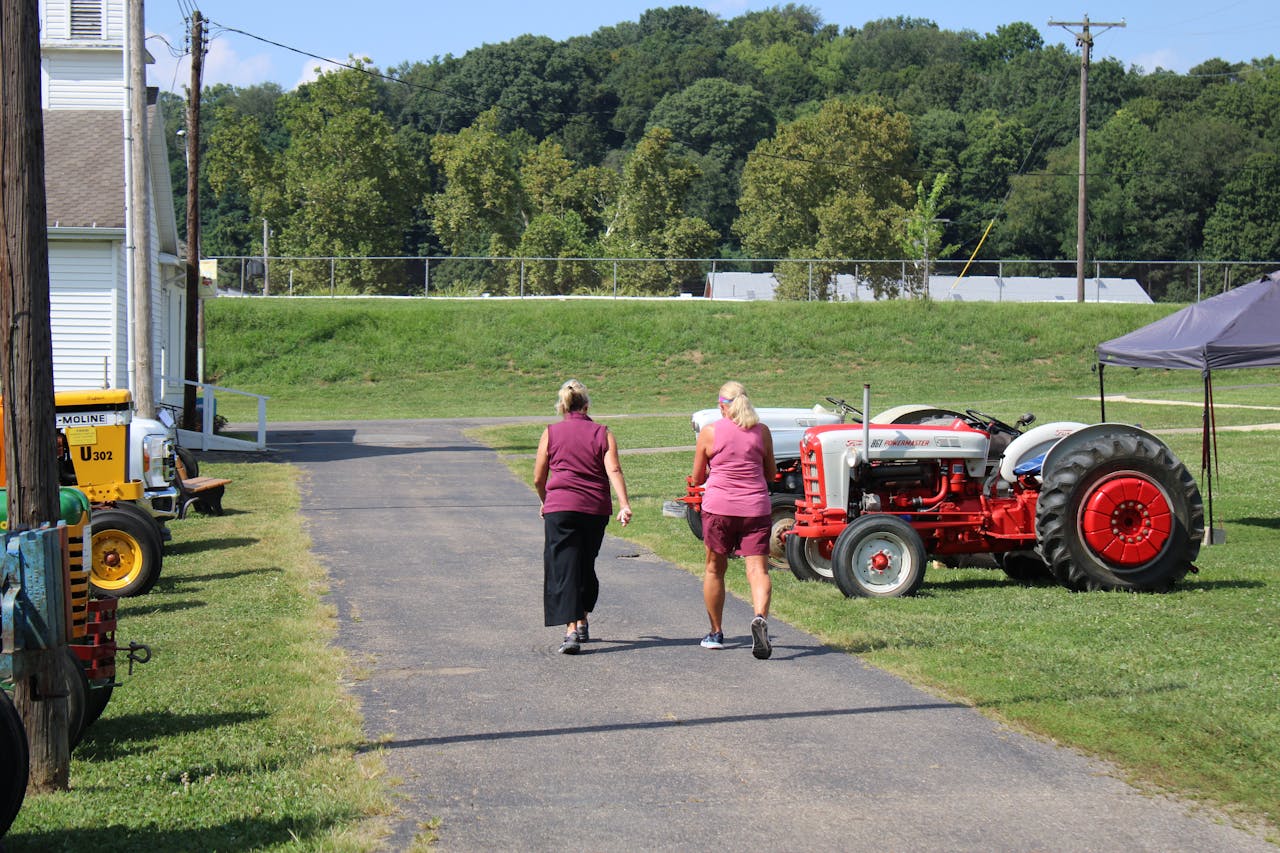Rural living brings unique challenges to SSDI recipients, from limited in-person office access to longer travel times for medical appointments. In 2025, many programs and technologies are expanding access to benefits through telehealth, remote case management, and targeted local resources. This guide highlights practical strategies to navigate the rural landscape, stay connected with SSA, and ensure you don’t miss essential services.
Key rural challenges and how to address them:
- Distance and transportation: Travel can be costly and time-consuming. Telehealth services reduce the need for frequent trips to SSA offices or medical appointments. If transportation is a barrier, explore nonprofit rides, volunteer driver programs, or transportation assistance from local agencies.
- Limited local offices: With fewer SSA field offices, many interactions occur by mail, phone, or online. Proactively schedule appointments, and use SSA’s online account to monitor case status and communicate securely.
- Digital access disparities: Not everyone has high-speed internet. In such cases, local libraries, community centers, or telehealth hubs may offer the connectivity you need for online appointments and document submission.
Practical steps for rural SSDI recipients:
- Build a reliable communication plan: Keep a dedicated mailbox or a secure digital file for SSA notices. Set up alerts for document deadlines and benefits changes.
- Use telehealth and remote services: Ask your healthcare providers about telemedicine options and coordinate with your SSA representative to leverage remote reviews or interviews when possible.
- Leverage local resources: Local nonprofit groups, aging and disability networks, and social service agencies often have outreach programs that help with applications, appeals, and documentation.
- Transportation strategies: Map out the closest public transit options, rideshare availability, and volunteer driver programs. If necessary, your support network can help with transportation logistics.
- Documentation and organization: Create a simple system for medical records, earnings statements, and correspondence with SSA. Digital copies can be stored securely online and shared as needed.
Tips for staying informed:
- Monitor SSA updates and local program changes: Rural programs can evolve quickly; subscribe to state disability service newsletters and follow local agencies on social media for timely information.
- Prepare for mail-based communications: Some notices may arrive by mail; ensure a stable mailing address and a plan to promptly respond to requests.
- Build a local support network: Connect with local advocacy groups, disability councils, or veterans organizations that can provide guidance and referrals.
Real-world considerations:
- Eligibility variability: Rural areas may have different program availability, waitlists, and funding. Always verify current local options and eligibility criteria.
- Coordinated care: If you rely on multiple services (healthcare, housing, transportation), coordinators in your community can help ensure your SSDI benefits remain stable while you access needed services.
Get expert help from our disability attorneys at Law Office of Irene Ruzin for a smooth, stress-free process to winning & keeping your SSDI benefits.








